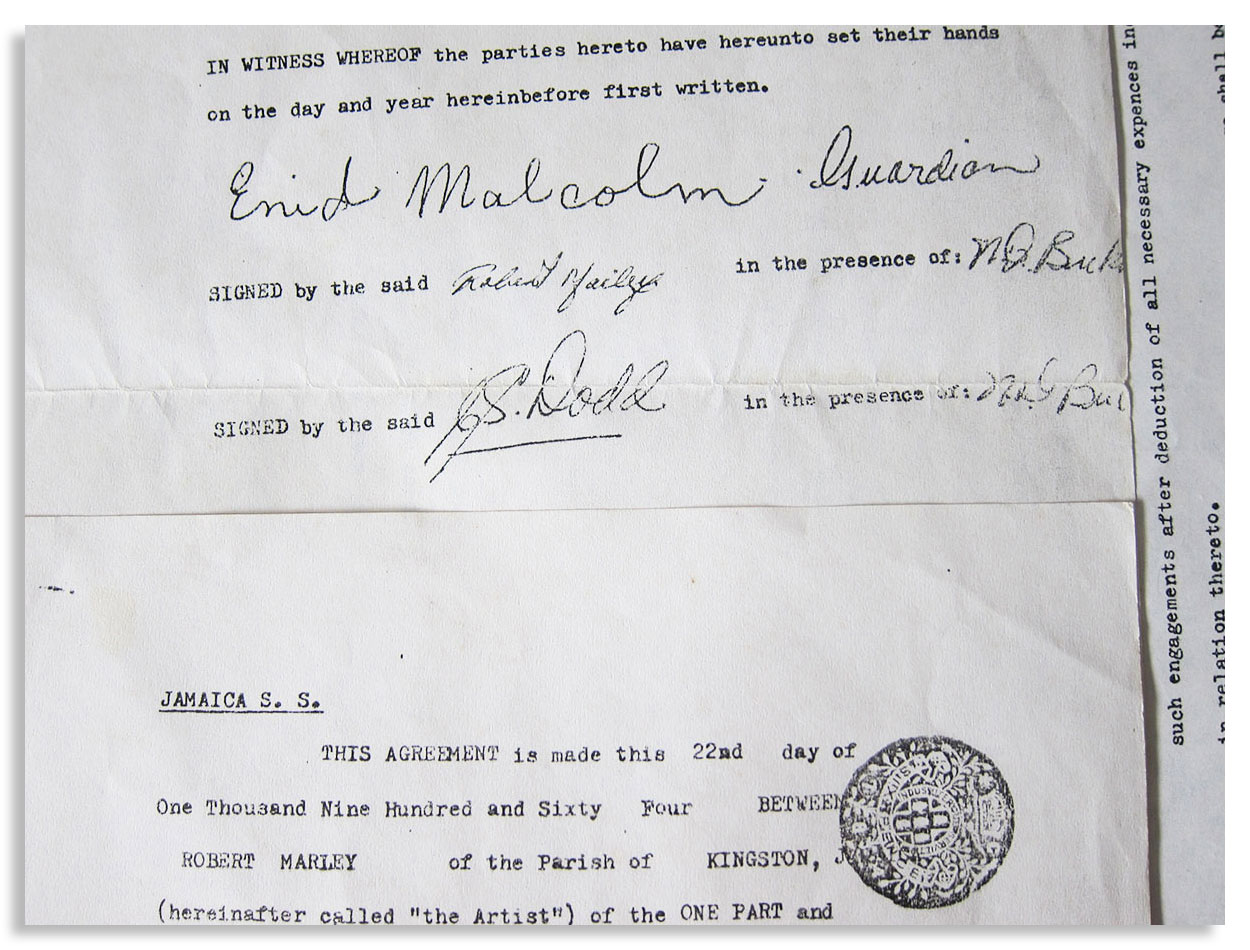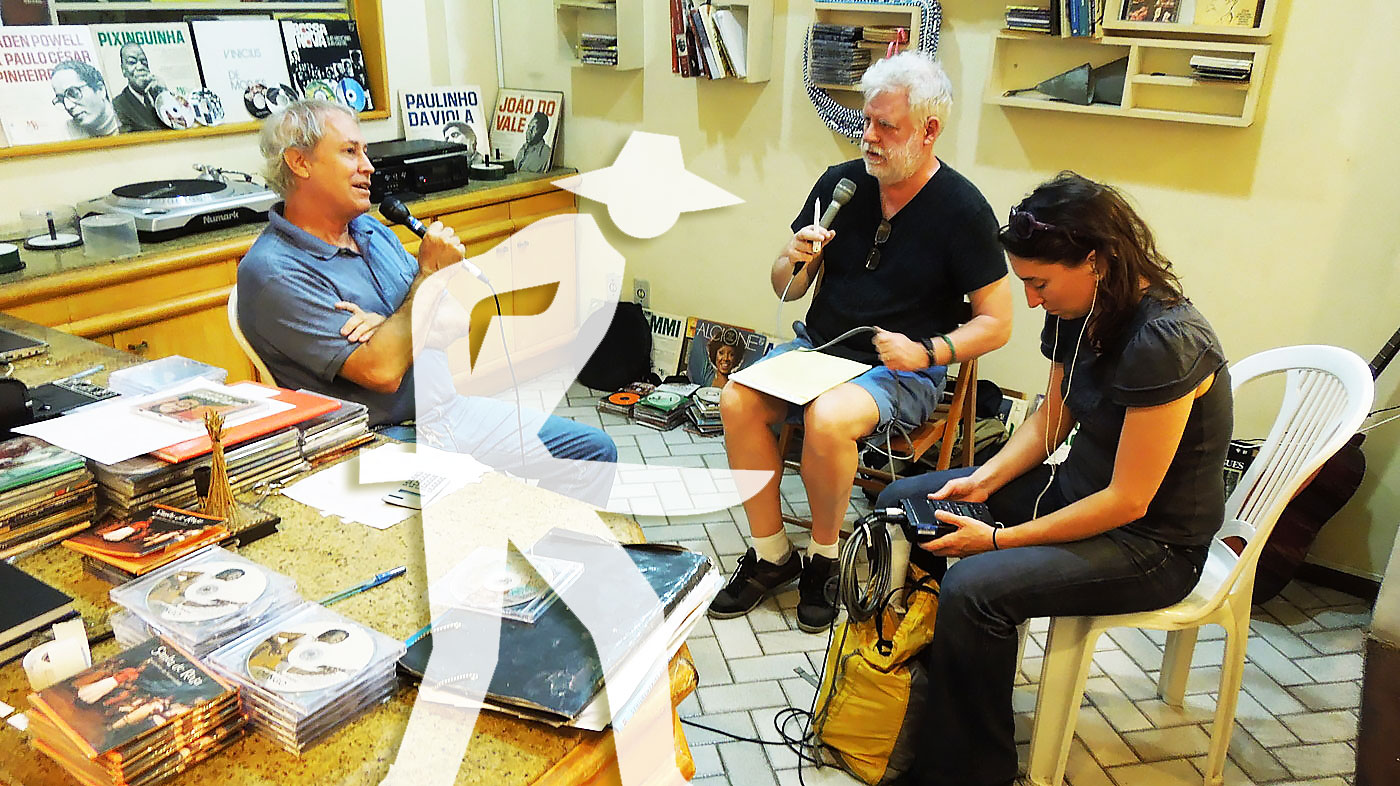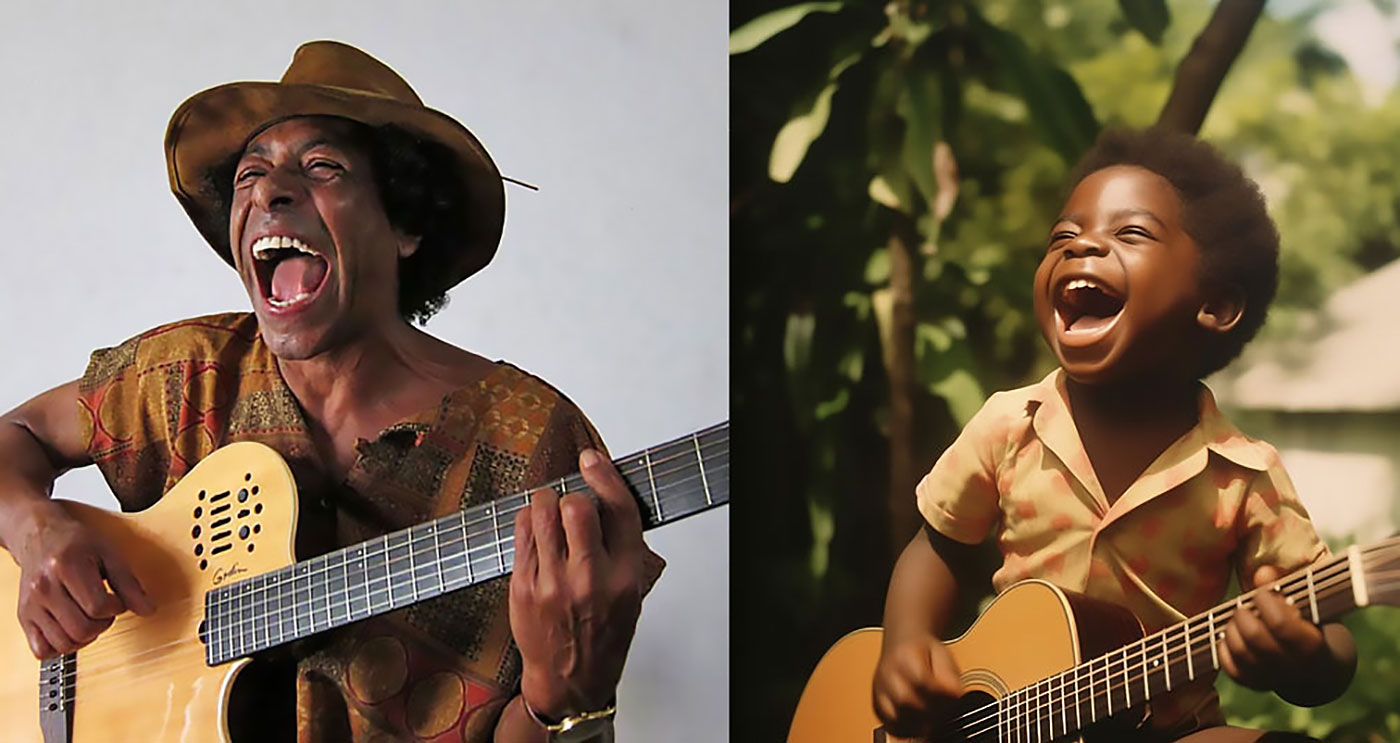CURATION
- from this page: by Matrix
Network Node
- Name: Bill Banfield
- City/Place: Boston, Massachusetts
- Country: United States
- Hometown: Detroit, Michigan
Current News
-
What's Up?
Dr. Cornel West called him," one of the last grand Renaissance men in our time..a towering artist, exemplary educator, rigorous scholar, courageous freedom fighter",
Henry Louis Gates wrote “...Bill Banfield is one of the most original voices on the scene today.. he tunes us in to the conversation happening worldwide between the notes of contemporary musical culture."
Life & Work
-
Bio:
Having served three times as a Pulitzer Prize judge in American music (2010, 2016, 2020), Banfield is an award winning composer whose symphonies, operas, chamber works have been performed and recorded by major symphonies across the country. Few have a wider, performed professional composing output, that has had public concert performances, reviews, radio, recordings of some 12 symphonies, 7 opera, 9 concerti, chamber, jazz and popular forms. This alone making Banfield one of the most performed, recorded composers of his generation. Banfield has been a national public radio show host having served as arts and culture correspondent for The Tavis Smiley Show. In 2010, he was hired by Quincy Jones to write a national music curriculum and book for schools learning about American popular music culture.
Banfield’s works have been commissioned, performed and recorded by orchestras including; the National, Atlanta, Minneapolis, Dallas, Akron, Detroit, New York Virtuoso, Grand Rapids, Akron, Richmond, Toledo, Savannah, Chicago Symphonia, Indianapolis, Sphinx, Sacramento, San Diego symphonies and the Havana Camerata of Cuba. In 2012, his symphony 10 was commissioned, premiered by the National Symphony at the Kennedy Center with Sweet Honey in the Rock, and his symphony 11 was performed, recorded in Switzerland with the Evoca/ECJ symphony and chorus.
His works as a composer and performing- recording jazz artist are carried on Atlantic, TelArc, CollinsClassics (London), Centaur, Albany/Visionary recordings and Innova records. His music has been performed and/or recorded by; George Duke, Patrice Rushen, Don Byron, Leon Bates, Christian Scott, Najee, Ron Carter, Delfeayo Marsalis, Greg Osby, Teri Lynn Carrington, Oliver Lake, Regina Carter, Rachel Z, Jon Faddis, Marcus Belgrave, Billy Childs, Nnenna Freelon, Alphonso Johnson, Ndugu Chancelor, and Nelson Rangel.
Dr. Bill Banfield has served as Professor of Africana Studies/Music and Society, founding director of the Center for Africana Studies/Liberal Arts and teaching in the dept. of composition and the graduate program Berklee College of Music, now retired (2005-2020). The college named him, Professor Emeritus founding director of Africana Studies/Center.
He served as the Endowed Chair Humanities, Fine Arts, professor of Music, director of American Cultural Studies/Jazz, Popular, World Music Studies, University of St. Thomas, MN (1997-2005). Banfield served as assistant professor, African American Studies/Music, Indiana University (1992-1997) where he developed the Undine Smith Moore Collection of Scores and Manuscripts of Black Composers.
In 2002, he was as a W.E.B. Dubois fellow at Harvard University and was appointed by Toni Morrison to serve as the visiting Atelier Professor, Princeton University, 2003. In 2005, he was visiting professor of Composition, University of Minnesota. In addition he has lectured and been in residence at; Duke, Fisk, Morehouse, Spellman, Carnegie Mellon, University of Virginia Tech, Augsberg, U of Texas, Michigan, Maryland, Atlanta U, Bowling Green State, St. Augustine, North Central State, Augusta Gustavia, U North Carolina, U Penn, Butler, Hunter, U of Richmond, U of Connecticut,Massachusetts (Amherst), U of Southern Alabama, Louisiana College, Louisiana State University at Alexandria, Bishop State College.
He has authored 6 books on music, arts and cultural criticism, history and biographies, covering everything from contemporary Black composers, to Ornette Coleman, Nikki Manaj and Kendrick Lamar; Landscapes in Color: Conversations With Black American Composers(2002), Black Notes: Essays Of A Musician Writing In A Post Album Age(2004), Cultural Codes: Makings Of A Black Music Philosophy( 2010, Scarecrow Press), Representing Black Music Culture( 2011), Ethnomusicologizing: Essays On Music In a The New Paradigms and Pat Patrick: American Musician and Cultural Visionary. ( Scarecrow Press)
Bill Banfield is founder/ director of JazzUrbane, a contemporary jazz art recording label, dedicated to producing creative new artists. The seminal project released in 2014, was produced by legendary icon George Duke, and included such leading artists as; Christian Scott, Terri Lyn Carrington, Najee, Greg Osby, and Grace Kelly. The label has already produced and released, 8 albums now heard internationally.
A native Detroiter, he received his Bachelor of Music from the New England Conservatory of Music in Boston, a Master of Theological Studies from Boston University and a Doctor of Musical Arts in composition from the University of Michigan. His formal composition studies were under, T.J Anderson, George Russell, Theodore Antoniou, Bill Bolcolm, and Bill Albright.
Contact Information
- Contact by Webpage: http://www.billbanfieldmusic.com/contact-1
Media | Markets
- ▶ Book Purchases: http://www.barnesandnoble.com/s/%22Bill%20Banfield%22
- ▶ Website: http://www.billbanfieldmusic.com
- ▶ YouTube Channel: http://www.youtube.com/@JazzUrbaneRecords1
- ▶ Spotify: http://open.spotify.com/album/1fmsndu2uircDcXvehPrfg
- ▶ Spotify 2: http://open.spotify.com/album/6Pourl37mwC4qA97A4hFDI
- ▶ Spotify 3: http://open.spotify.com/album/2iWzmUJJ47yFYbE0lMeDMZ
- ▶ Spotify 4: http://open.spotify.com/album/354uHbWOyE7jamMGerjtHi
- ▶ Spotify 5: http://open.spotify.com/album/4V5Go7ZzZvOoNJf3TPBs9Y
- ▶ Spotify 6: http://open.spotify.com/album/1wlLXJ7g9iR9rEbrjhgPsN
- ▶ Apple Music: http://music.apple.com/us/artist/bill-banfields-jazz-urbane/807095784
- ▶ Amazon: http://www.amazon.com/s?i=popular&rh=p_32%3ABill+Banfield
The Matrix is a small world network. Like stars coalescing into a galaxy, creators in the Matrix mathematically gravitate to proximity to all other creators in the Matrix, no matter how far apart in location, fame or society. This gravity is called "the small world phenomenon". Human society is a small world network, wherein over 8 billion human beings average 6 or fewer steps apart. Our brains contain small world networks...
![]() Wolfram MathWorld on the Small World Phenomenon
Wolfram MathWorld on the Small World Phenomenon
![]() Matemática Wolfram sobre o Fenômeno Mundo Pequeno
Matemática Wolfram sobre o Fenômeno Mundo Pequeno
"In a small world, great things are possible."

It's not which pill you take, it's which pathways you take. Pathways originating in the sprawling cultural matrix of Brazil: Indigenous, African, Sephardic and then Ashkenazic, European, Asian... Matrix Ground Zero is the Recôncavo, contouring the Bay of All Saints, earthly center of gravity for the disembarkation of enslaved human beings — and the sublimity they created — presided over by the ineffable Black Rome of Brazil: Salvador da Bahia.
("Black Rome" is an appellation per Caetano Veloso, son of the Recôncavo, via Mãe Aninha of Ilê Axé Opô Afonjá.)
"Dear Sparrow: I am thrilled to receive your email! Thank you for including me in this wonderful matrix."
—Susan Rogers: Personal recording engineer for Prince, inc. "Purple Rain", "Sign o' the Times", "Around the World in a Day"... Director of the Berklee Music Perception and Cognition Laboratory
"Thanks! It looks great!....I didn't write 'Cantaloupe Island' though...Herbie Hancock did! Great Page though, well done! best, Randy"
"We appreciate you including Kamasi in the matrix, Sparrow."
—Banch Abegaze: manager, Kamasi Washington
"This is super impressive work ! Congratulations ! Thanks for including me :)))"
—Clarice Assad: Pianist and composer with works performed by Yo Yo Ma and orchestras around the world
"Dear Sparrow, Many thanks for this – I am touched!"
—Julian Lloyd-Webber: UK's premier cellist; brother of Andrew Lloyd Webber (Evita, Jesus Christ Superstar, Cats, Phantom of the Opera...)
"Thanks, this is a brilliant idea!!"
—Alicia Svigals: World's premier klezmer violinist
Developed here in the Historic Center of Salvador da Bahia ↓ .
![]() Bule Bule (Assis Valente)
Bule Bule (Assis Valente)
"♫ The time has come for these bronzed people to show their value..."
Production: Betão Aguiar
MATRIX MODUS OPERANDI
Recommend somebody and you will appear on that person's page. Somebody recommends you and they will appear on your page.
Both pulled by the inexorable mathematical gravity of the small world phenomenon to within range of everybody inside.
And by logical extension, to within range of all humanity outside as well.
MATRIX (PARDAL)
I'm Pardal here in Brazil (that's "Sparrow" in English). The deep roots of this project are in Manhattan, where Allen Klein (managed the Beatles and The Rolling Stones) called me about royalties for the estate of Sam Cooke... where Jerry Ragovoy (co-wrote Time is On My Side, sung by the Stones; Piece of My Heart, Janis Joplin of course; and Pata Pata, sung by the great Miriam Makeba) called me looking for unpaid royalties... where I did contract and licensing for Carlinhos Brown's participation on Bahia Black with Wayne Shorter and Herbie Hancock...
...where I rescued unpaid royalties for Aretha Franklin (from Atlantic Records), Barbra Streisand (from CBS Records), Led Zeppelin, Mongo Santamaria, Gilberto Gil, Astrud Gilberto, Airto Moreira, Jim Hall, Wah Wah Watson (Melvin Ragin), Ray Barretto, Philip Glass, Clement "Sir Coxsone" Dodd for his interest in Bob Marley compositions, Cat Stevens/Yusuf Islam and others...
...where I worked with Earl "Speedo" Carroll of the Cadillacs (who went from doo-wopping as a kid on Harlem streetcorners to top of the charts to working as a janitor at P.S. 87 in Manhattan without ever losing what it was that made him special in the first place), and with Jake and Zeke Carey of The Flamingos (I Only Have Eyes for You)... stuff like that.

Yeah this is Bob's first record contract, made with Clement "Sir Coxsone" Dodd of Studio One and co-signed by his aunt because he was under 21. I took it to Black Rock to argue with CBS' lawyers about the royalties they didn't want to pay (they paid).
MATRIX MUSICAL
I built the Matrix below (I'm below left, with David Dye & Kim Junod for U.S. National Public Radio) among some of the world's most powerfully moving music, some of it made by people barely known beyond village borders. Or in the case of Sodré, his anthem A MASSA — a paean to Brazil's poor ("our pain is the pain of a timid boy, a calf stepped on...") — having blasted from every radio between the Amazon and Brazil's industrial south, before he was silenced. The Matrix started with Sodré, with João do Boi, with Roberto Mendes, with Bule Bule, with Roque Ferreira... music rooted in the sugarcane plantations of Bahia. Hence our logo (a cane cutter).
A Massa (do povo carente) / The Masses (of people in need)

-
Add to my PlaylistA Massa - Raymundo Sodré (7,093 plays)
-
Add to my PlaylistSina de Cantador - Raymundo So... (6,909 plays)
-
Add to my PlaylistMagnetismo - Raymundo Sodré ... (6,353 plays)
-
Add to my PlaylistSacando a Cana - Raymundo Sodr... (5,957 plays)
-
Add to my PlaylistMêrêrê - Raymundo Sodré (5,465 plays)
-
Add to my PlaylistJardim do Amor - Raymundo Sodr... (4,677 plays)
-
Add to my PlaylistDebaixo do Céu - Raymundo Sodr... (4,151 plays)
-
Add to my PlaylistDesejo de Amar - Raymundo Sodr... (3,861 plays)
-
Add to my PlaylistOração pra Yá Oxum - Raymundo ... (3,741 plays)
-
Add to my PlaylistYá África - Raymundo Sodré (3,509 plays)
-
Add to my PlaylistMeu Rio, Cadê o Papel - Raymun... (3,177 plays)
-
Add to my PlaylistCasa de Trois - Raymundo Sodré... (2,896 plays)
-
Add to my PlaylistMulher é Laço que Prende o Coração do Vaqueiro - R... (2,556 plays)































































































































































































































































































































































































































































